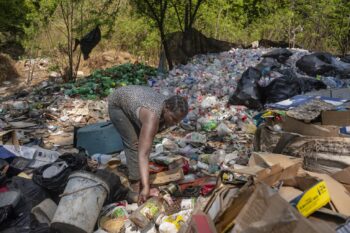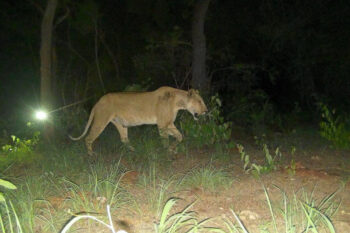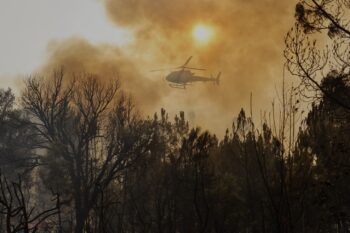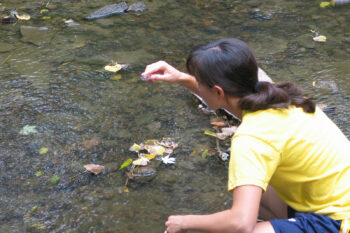In May this year, wildlife inspectors for the U.S. Fish and Wildlife Service seized a shipment of 232 live stony corals at John F. Kennedy International Airport in New York. The corals are now being kept at New York Aquarium for rehabilitation and propagation, in the hopes of helping raise awareness about corals, the Wildlife Conservation Society said in a statement.
“Corals are animals, and they’re vital to the health of our oceans,” Aaron Brett, coral expert at New York Aquarium, said in the statement. “Unfortunately, these corals confiscated by the USFWS spent five days in transit before arriving here, which is a major stressor. But remarkably, the majority of the shipment is recovering well.”
Christine M. Meister of USFWS’s Office of Public Affairs told Mongabay by email that the 232 seized corals were part of an air cargo shipment being imported from Indonesia by a U.S. company that deals in ornamental fish and coral.
Meister said the shipment included stony corals belonging to the genera Goniopora, Acropora, Lobophyllia, Alveopora, Euphyllia. Species of these brightly colored corals are protected under Appendix II of CITES, the global wildlife trade treaty. Appendix II allows regulated trade of listed species with correct export permits and documentation.
Meister didn’t disclose the details of the actual violation but said the shipment violated the CITES provisions. “Live coral shipments must comply with the International Air Transport Association (IATA) Live Animals Regulations or the CITES guidelines for the non-air transport of live wild animals and plants,” she said.
The importing company chose to abandon the shipment rather than pursue legal action or forfeiture, Meister added.
All stony corals, which have hard calcium carbonate skeletons, are vulnerable to overexploitation. Goniopora, also called flowerpot coral, and Euphyllia, which include hammer corals, are popularly traded for the aquarium market, but some of their species survive poorly in captivity.
WCS, which manages New York Aquarium, said in its press release that around 30 corals arrived dead, but the rest are now being cared for by the aquarium’s coral propagation program. The plan is to move most rehabilitated corals to the aquarium’s public reef exhibits, WCS said.
To ensure the corals can adapt and propagate in the aquarium, aquarist Camilla Piechocki said in the release that they’re artificially recreating reef conditions by maintaining specific water chemistry and lighting. “These animals are resilient, but the transition from illegal shipment to thriving exhibit is a complex process,” she said.
Coral reefs, which provide habitat for 25% of all marine life and support a billion people, face numerous threats, including ocean acidification and climate change that’s causing more frequent coral bleaching.
“We hope that when people see how beautiful and diverse corals are, they’ll be inspired to help protect them,” Brett said.
Banner image of the confiscated corals now at New York Aquarium, courtesy of the Wildlife Conservation Society.





